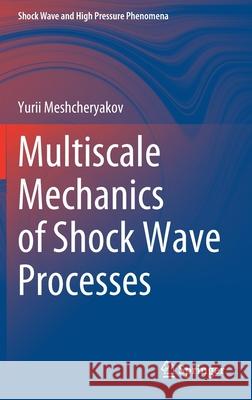Multiscale Mechanics of Shock Wave Processes » książka
topmenu
Multiscale Mechanics of Shock Wave Processes
ISBN-13: 9789811645297 / Angielski / Twarda / 2021 / 365 str.
Multiscale Mechanics of Shock Wave Processes
ISBN-13: 9789811645297 / Angielski / Twarda / 2021 / 365 str.
cena 543,49 zł
(netto: 517,61 VAT: 5%)
Najniższa cena z 30 dni: 539,74 zł
(netto: 517,61 VAT: 5%)
Najniższa cena z 30 dni: 539,74 zł
Termin realizacji zamówienia:
ok. 20 dni roboczych.
ok. 20 dni roboczych.
Darmowa dostawa!
Kategorie BISAC:
Wydawca:
Springer
Seria wydawnicza:
Język:
Angielski
ISBN-13:
9789811645297
Rok wydania:
2021
Wydanie:
2021
Numer serii:
000320529
Ilość stron:
365
Waga:
0.46 kg
Wymiary:
23.39 x 15.6 x 1.27
Oprawa:
Twarda
Wolumenów:
01
Dodatkowe informacje:
Wydanie ilustrowane











